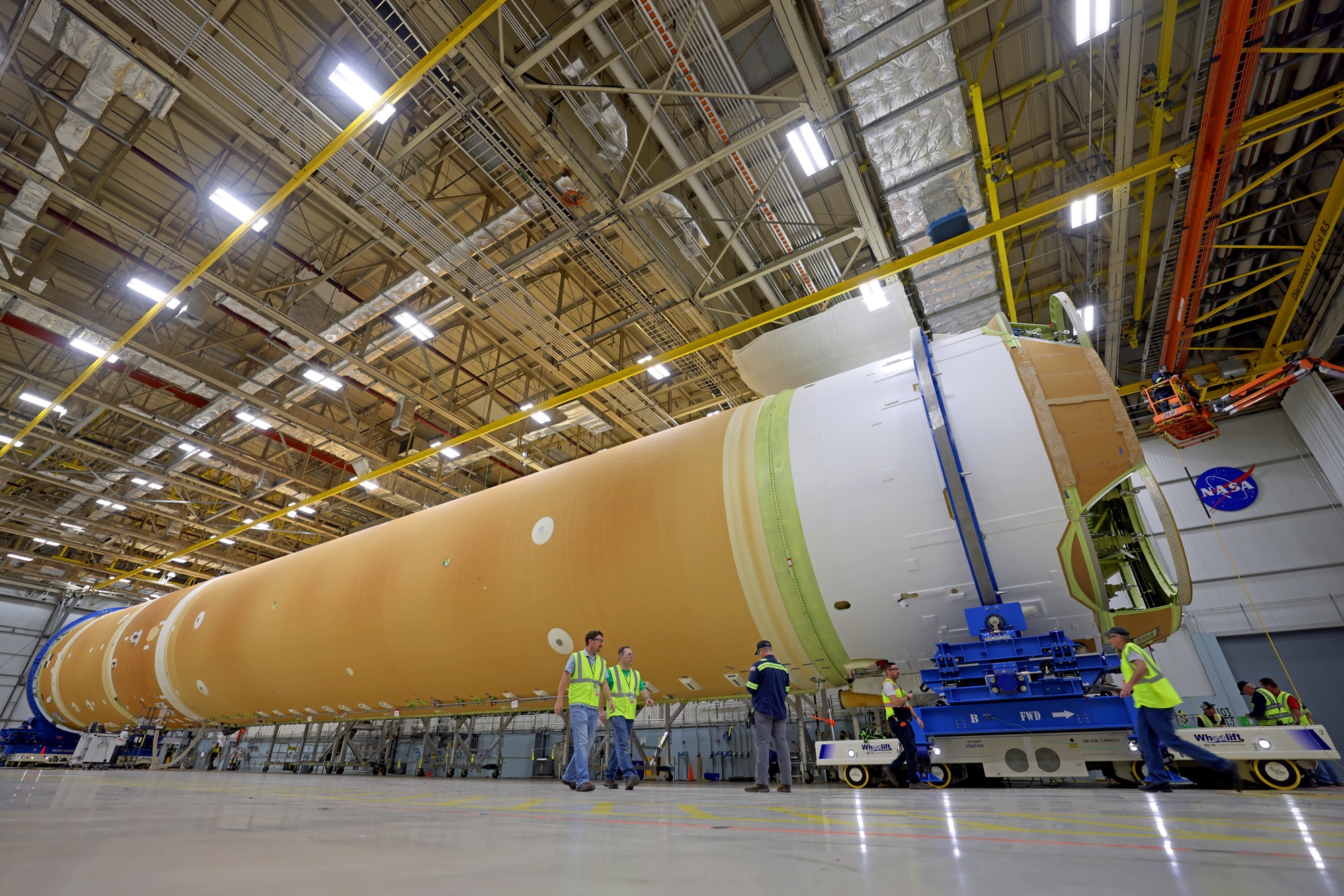GAO report calls for more transparency on SLS costs

WASHINGTON — The Government Accountability Office called on NASA to be more transparent about the costs of the Space Launch System rocket, a vehicle senior agency officials acknowledged risked becoming “unaffordable.”
In a Sept. 7 report delivered to the leadership of House and Senate appropriations subcommittees that fund NASA, the GAO criticized NASA for a lack of details on costs of the SLS now that the vehicle has completed development. NASA spent $11.8 billion to develop SLS, a cost that covered work though the Artemis 1 launch in November 2022.
“NASA does not plan to measure production costs to monitor the affordability of the SLS program,” the report stated. “These ongoing production costs to support the SLS program for Artemis missions are not captured in a cost baseline, which limits transparency and efforts to monitor the program’s long-term affordability.”
Those concerns are not new. The GAO noted as far back as 2014 that it recommended NASA establish cost and schedule baselines for subsequent Artemis missions that would use the initial Block 1 version of SLS. The agency has not done so, nor has it developed a total lifecycle cost estimate for SLS, a concern the GAO raised in 2017.
NASA has provided five-year funding profiles for SLS in its budget requests, which include production and operations costs now that the vehicle has completed development. However, the GAO said those are not substitutes for formal cost and schedule baselines “and are poor tools to measure cost performance over time.”
The GAO added that it is seeing signs of cost growth on the SLS even as it moved into production. It noted a contract includes nearly $2 billion for the costs of producing the SLS core stages for the Artemis 3 and 4 missions. “Based on our analysis of the contract, the cost to produce successive core stages is increasing over time,” the report stated, but did not quantify the increase.
“Without a way to capture and monitor these production costs against a baseline, it will be difficult to measure any cost growth related to these efforts,” the GAO wrote. “We previously found that NASA’s approach to track costs through its budget submission was unlikely to provide the detail necessary to monitor the progress.”
NASA is aware of the cost concerns with SLS. “Senior agency officials have told us that at current cost levels the SLS program is unsustainable and exceeds what NASA officials believe will be available for its Artemis missions,” the GAO report stated, which also used the term “unaffordable.”
NASA is taking steps towards addressing those costs by shifting to fixed-price contracts for elements of the SLS, shifting the risk of cost increases from the agency to the contractor. It is also considering in the long-term shifting to a services model, procuring SLS launch services from a company that would own and operate the SLS.
The agency announced last year plans for a long-term Exploration Production and Operations Contract for SLS development. That contract would be with Deep Space Transport, a joint venture of Boeing and Northrop Grumman, and include up to 10 SLS launches. The goal of that contract, NASA officials said then, would be to reduce SLS production costs by as much as 50%.
“NASA has made some progress toward implementing these strategies,” the GAO said of those and other efforts to control SLS costs, “but it is too early to fully evaluate their effect on cost.”
Related
ncG1vNJzZmiroJawprrEsKpnm5%2BifKitzmapnqifp8Fur8Clo6xllqS%2FbrnOq5xmrKKWu7S8wKucp5upYryvedKlqmabn6jBtHs%3D